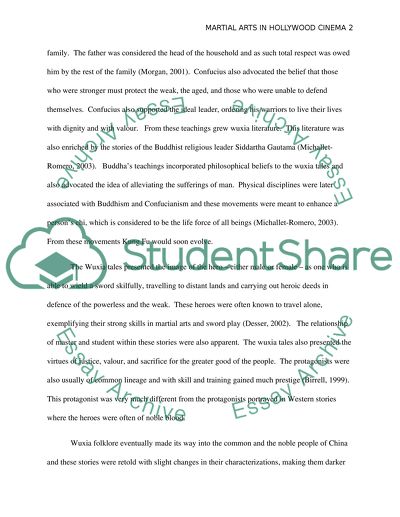Cite this document
(“How East-Asian Martial Films Have Influenced Hollywood Cinema Literature review”, n.d.)
Retrieved de https://studentshare.org/journalism-communication/1440795-media-context-yt-world-cinema-how-east-asian
Retrieved de https://studentshare.org/journalism-communication/1440795-media-context-yt-world-cinema-how-east-asian
(How East-Asian Martial Films Have Influenced Hollywood Cinema Literature Review)
https://studentshare.org/journalism-communication/1440795-media-context-yt-world-cinema-how-east-asian.
https://studentshare.org/journalism-communication/1440795-media-context-yt-world-cinema-how-east-asian.
“How East-Asian Martial Films Have Influenced Hollywood Cinema Literature Review”, n.d. https://studentshare.org/journalism-communication/1440795-media-context-yt-world-cinema-how-east-asian.


